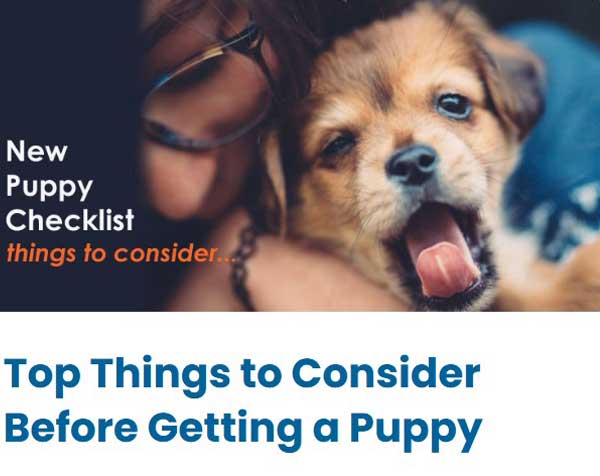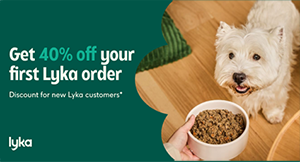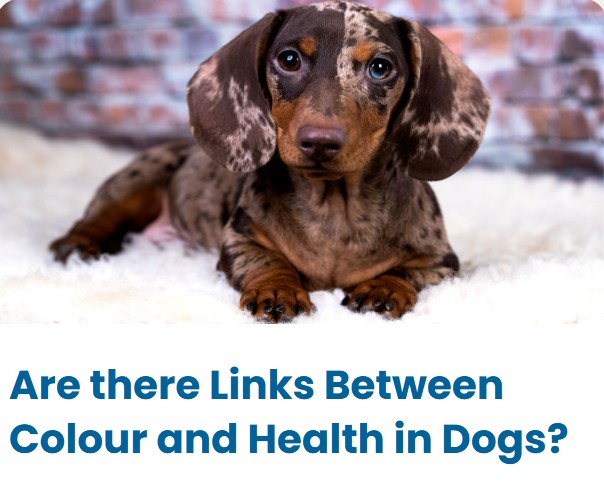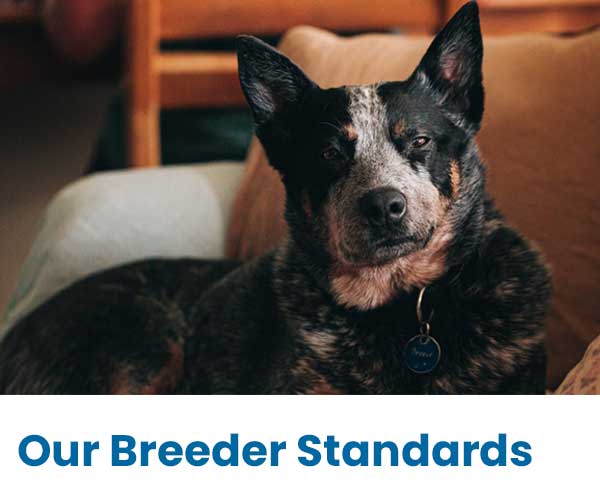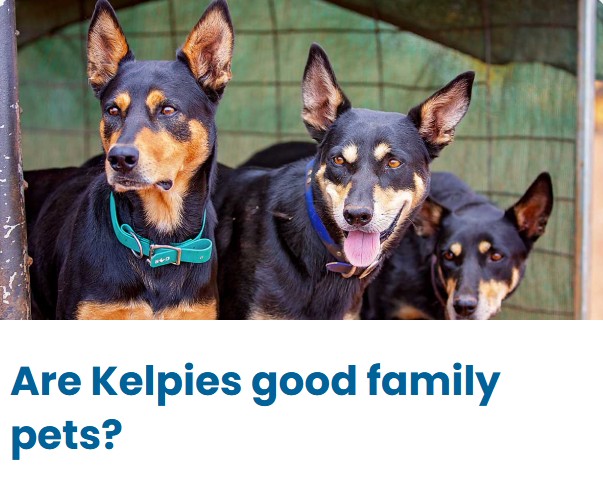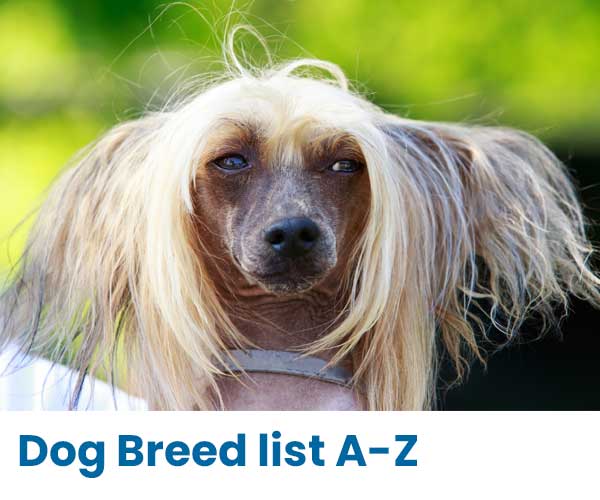Large Munsterlander breed guide
The Large Munsterlander is loyal, affectionate and trustworthy. They are very energetic with a love of life. Munsterlanders are "people dogs" and need regular human contact. Being a working gundog they are a breed that needs both mental and physical stimulation. Generally a protective breed they will look after their territory and owners. Regular exercise is a necessity. Obedience training is always recommended.
Munsterlanders are good with children but, they do grow quite large and being a lively breed they can be a bit rough for toddlers & young children without supervision.
They have an incredible love of water making them excellent water retrievers, being strong swimmers, once you get a Munster in water you will be lucky to get it out. Even on a walk in the park do not be surprised if your Munster takes a dip in the closest deep puddle.
About Large Munsterlander puppies
Large Munsterlander puppies are absolutely adorable. They are playful, energetic, and mischievous! Until the end of their teething stage anything chewable of value should be kept out of reach, until then anything is fair game. They learn very fast, being consistent is the key. For example do not give them an old shoe to chew one day then scream when they chew up a good shoe the next! Never scold a puppy for an act earlier in the day, unless you catch them in the act, they will not know why they are in trouble. The more "toys" you give them to keep them occupied the happier they will be.
One trait they will never grow out of is their desire to have something in their mouth, the desire to retrieve anything close to hand for a bit of praise from you will always leave you with a pile of little presents.....slippers, tennis balls....their lead if you have forgotten to walk them....fluffy toys......if it can be retrieved you will be given it.
The colour of Munsterlander puppies can often be deceiving, they are born solid white with black patches. As they get older they develop more ticking (black spots) and flecking (black roaning). Puppies born with pink pads & nose will have a white base coat as an adult dog, pups born with black pads & nose will be light to dark roan as an adult. Roan dogs will have a more dramatic colour change from puppy to adulthood.
Training the Musterlander
During the teenage years, obedience training is always recommended, that way once they reach maturity you will have an obedient socially acceptable canine companion that will make you proud.
Grooming Needs
Despite a medium length coat they are "wash & wear" dogs, any dirt they pick up during the day falls out easily. Only dropping coat twice a year with the change of season, brushing weekly and the occasional bath will keep them looking at their best. Unlike Spaniels and Setters which many people liken them to, Munsterlanders require little to no "trimming" for your pet to look like its "show counterparts".
Feeding Guidelines
Generally Munsterlanders are not fussy eaters, however many juvenile Munsterlanders have trouble gaining or maintaining their weight, especially if they are being worked. Their energetic nature often burns up their food with out any weight gain. If this is the case often feeding meals twice a day rather than one big meal can help, especially when the dogs do not eat a lot in one sitting. But beware these skinny dogs often suddenly have a change in metabolism between 2 and 3 years and before you know it they are putting on weight.
Pros and Cons of The Large Munsterlander
Good Points / Pros:
- Very Affectionate
- Energetic
- Protective
- Loyal
- Intelligent
- Biddable
- Obedient when trained
- Excellent scenting ability
- Natural retrievers
- Very agile
Bad Points / Cons:
- They can be timid
- Over-protective
- Jealous
- Boisterous
- Noisy if bored
- Destructive if bored
- Stubbororn
- Dominant
- Jumpers
It must be stressed that the "Bad points" listed are NOT indicative of the breed in general. While all Munsterlanders posses the "Good Points", the "Bad Points" usually only surface through incorrect upbringing, eg. not sociallising or allowing boredom by not exercising, or allowing the dog to become innapropriately dominant. This is a problem that can occur in most breeds if you do not bring the dog up in a suitable manner for the breed in question. Large Munsterlanders from strong working lines can be frustrating to first time dog owners as their enthusiasm needs to be harnessed, if not the dogs can become naughty, caused by their boredom.
Taking into account all their good and bad points, just about everyone that's known and loved a Munsterlander will tell you that they'll want one (or two!) in their lives forever.
Potential Health Issues in the Large Munsterlander
Known hereditary problems include:
- Hip Dysplasia
Ask to view the hip scores of the parents any dogs with high scores should be avoided. For the score to be accurate the dogs should be at least 12-18 months when X-rayed. ( The breed average in Aust is 19 - source Australian Veterinary Association 1998)
- Cataracts.
Ask to view recent eye certificates - these problems are not common in Australia however all breeders should take care.
- Skin Disorders (rashes and bald spots)
Always ask for the history of the puppies' parents as some lines have more problems than others. A healthy diet with few food colourings and preservatives, and flea control can help, but often the problems are hereditary. If your dog is having problems check with the breeder, they may be able to give you some good advice before you donate your hard earned cash to your vet for tests someone else has had before. Obviously bad cases will need vet treatment so use your best judgment.
Non hereditary problems include:
Grass seeds can cause problems for this breed as the have dense fur between their toes and long ears that hang down. During the grass seed season you should check your pets feet & ears daily to ensure that they have not picked up any seeds.
Ears in general because of their coated pendulous nature can cause problems if left unattended. Cleaning with a cleanser you can purchase from your Vet or pet shop will keep their ears clean. Excessive head shaking caused by ear infections can lead to more serious problems, which will need Veterinary care.
The occasional case of bloat has also been reported within the breed, this is common in many deep chested breeds, such as Weimaraners and Curly Coated Retrievers. Your breeder should be able to give you more information on how best to avoid this problem which is often caused by exercising too close to feeding time.
Life Exectancy of The Large Munsterlander
The average life expectancy of Large Munsterlanders is 8 - 12 years.
Acknowledgement
Special thanks to Tracie, Mistypoint Kennels for sharing this comprehensive breed information.
If you are a small scale ANKC registered breeder and would like to be listed here, just contact us or follow a few simple steps to add your details yourself.
We welcome helpful comments and contributions to information about this breed by email


